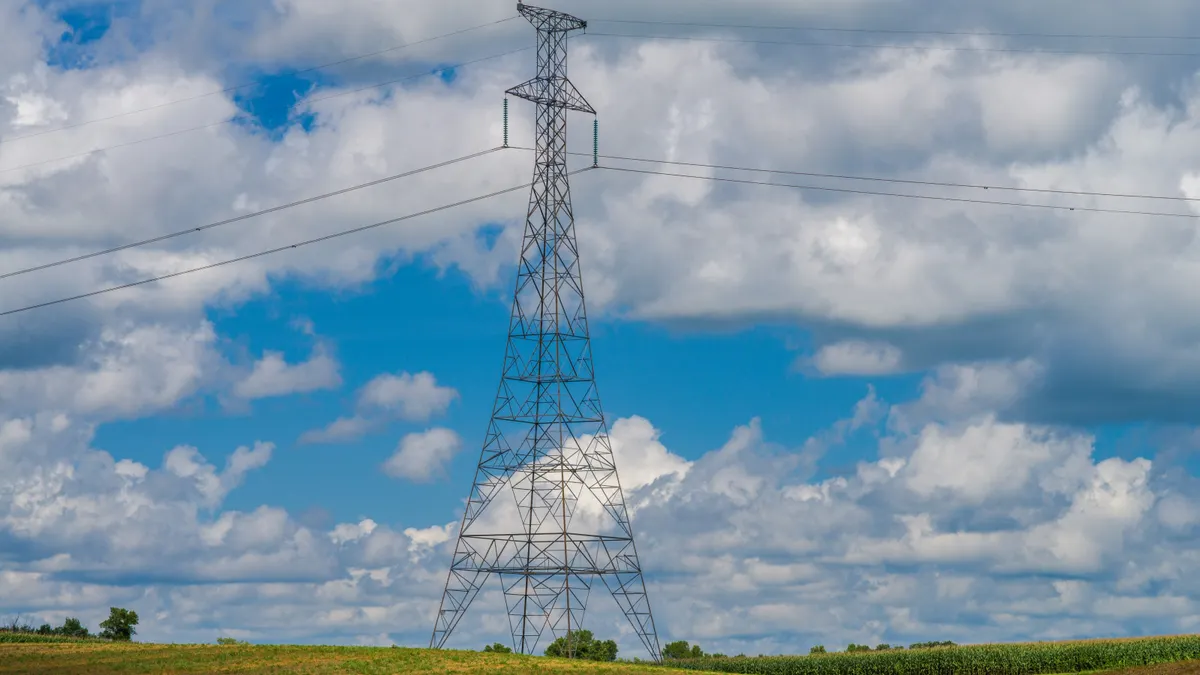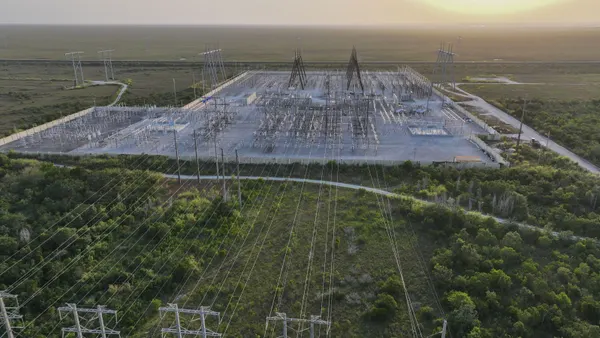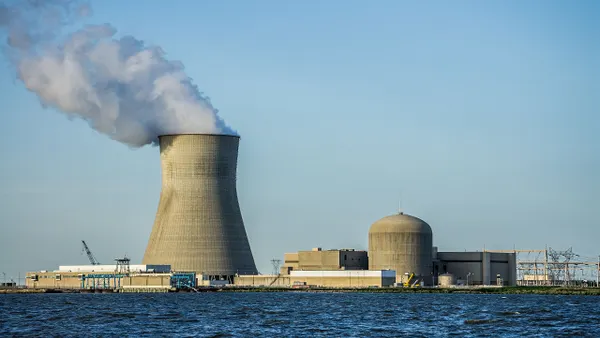The Federal Energy Regulatory Commission on Monday approved a formula rate template and protocols for a new transmission joint venture owned by Transource — an American Electric Power and Evergy joint venture — and a unit of Berkshire Hathaway Energy.
The joint venture — Midcontinent Grid Solutions — aims to develop competitive transmission in the Midcontinent Independent System Operator’s footprint. The approved formula rate template and protocol is for Midcontinent Grid Solutions Iowa, an MGS subsidiary that plans to bid on eligible transmission projects in Iowa.
MGS Iowa will use the approved templates for annual rate filings at FERC needed to recover its expenses and earn a return on equity for transmission projects it builds.
In its decision, FERC approved a hypothetical capital structure of 60% equity and 40% debt, saying the capital structure “furthers the policy goal of facilitating the participation of nonincumbent transmission developers in the Order No. 1000 transmission planning processes, thereby encouraging competition.”
The hypothetical capital structure will be in place until MGS Iowa shifts to an actual capital structure after it obtains long-term financing and a project has been placed in service, FERC said.
However, the decision to approve the proposed hypothetical capital structure drew a dissent from FERC Commissioner Judy Chang, who said it could lead to excessively high customer rates.
Hypothetical capital structures can affect the amount of “allowance for funds used during construction,” which is added to project costs, and are ultimately included in a project’s rate base, Chang said.
“The higher the assumed equity component of an applicant’s capital structure (without changing the corresponding return on equity), the greater the potential rate impact for customers,” Chang said.
Midcontinent Grid failed to show it deserved the 60%/40% equity structure, according to Chang.
“The commission has an ongoing obligation to ensure that the transmission rates it oversees are just and reasonable, and the commission should not perpetuate an error simply because it has approved a similar structure in the past for other entities,” Chang said.
In a concurrence, FERC Commissioner Lindsay See said she shared Chang’s concern that a 60% equity/40% debt hypothetical capital structure increases the potential for unjustified rates.
While Midcontinent Grid presented “a less-than-ideal case” for its proposed hypothetical capital structure, it was justified based on precedent and a lack of opposition, according to See.
“New transmission projects come with significant financing risks and consistent determinations from the commission promote stability — which in turn increases regulatory certainty to support utilities’ efforts to obtain financing,” See said. “My vote today is for regulatory transparency and predictability … Regulatory certainty drives stable investments, and we need smart investments to build out the grid now more than ever.”
Even so, See said she was open to revisiting the issue and the financial incentives FERC offers transmission developers.
“Yes, the commission should be in the business of encouraging needed infrastructure and the investment environment that supports it,” See said. “But we must also ensure that the steps we take — especially in today’s construction-heavy era — remain within our just-and-reasonable ambit.”
Former FERC Chairman Mark Christie wanted to scale back the agency’s transmission incentives but was unable to get a majority of commissioners to agree to the move before he left the agency last month.















